Sunday 7th May
A promise of fine weather in the afternoon prompted Sue & I to take a late drive to Bramshill. We met Mike on the approach road who gave us a report which promised a productive afternoon.
With news of Hairy on the wing we headed straight for the ponds and were waylaid on the approach path by a hunting Downy who thankfully offered the first chance of the day as he perched low on a sapling.
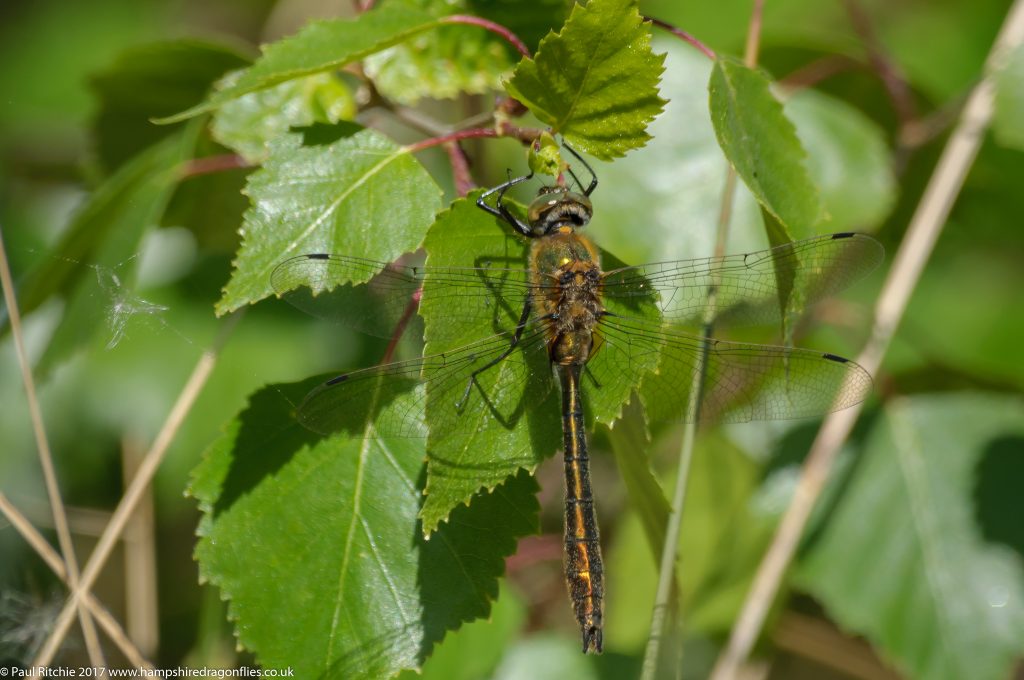
Sure enough the ponds did produce fleeting intermittent glimpses of a male Hairy, and another in the clearing near Tarn Pond. Neither stopped to perch or stayed around but seeing them brought the yearly count to nine species.
At Long Pond the first Four-spotted Chaser rose from the reeds to the treeline and the path provided glimpses of two more Downy. The water has yet to see action but the surrounding scrubby banks provided more than enough damsel action to satisfy, including a visit by a female Beautiful Demoiselle.
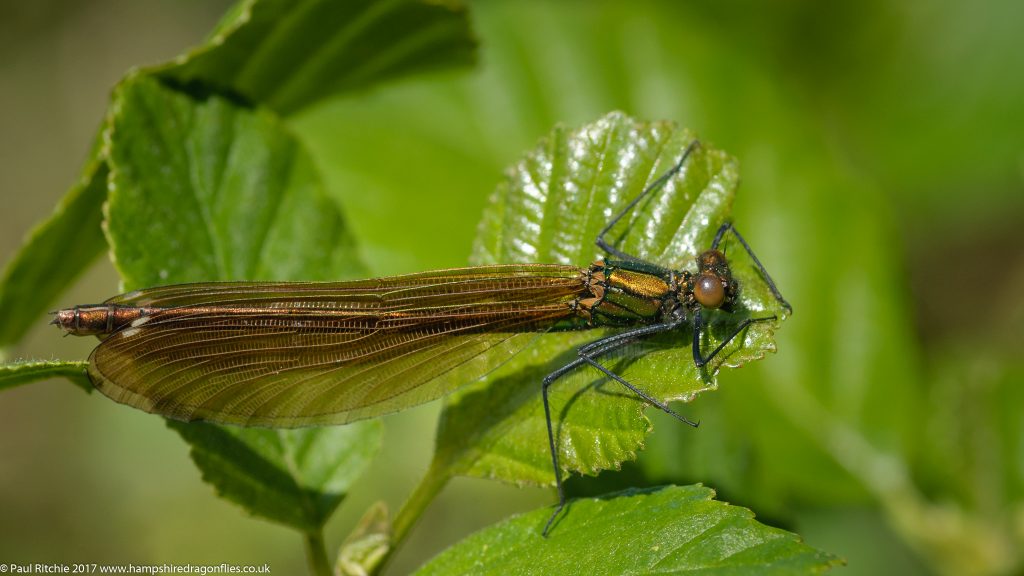
A skirt of the lake revealed the spectacular sight of dozens of tenerals rising to the trees including another Four-spotted which I disturbed while attempting to photograph a Common Blue.
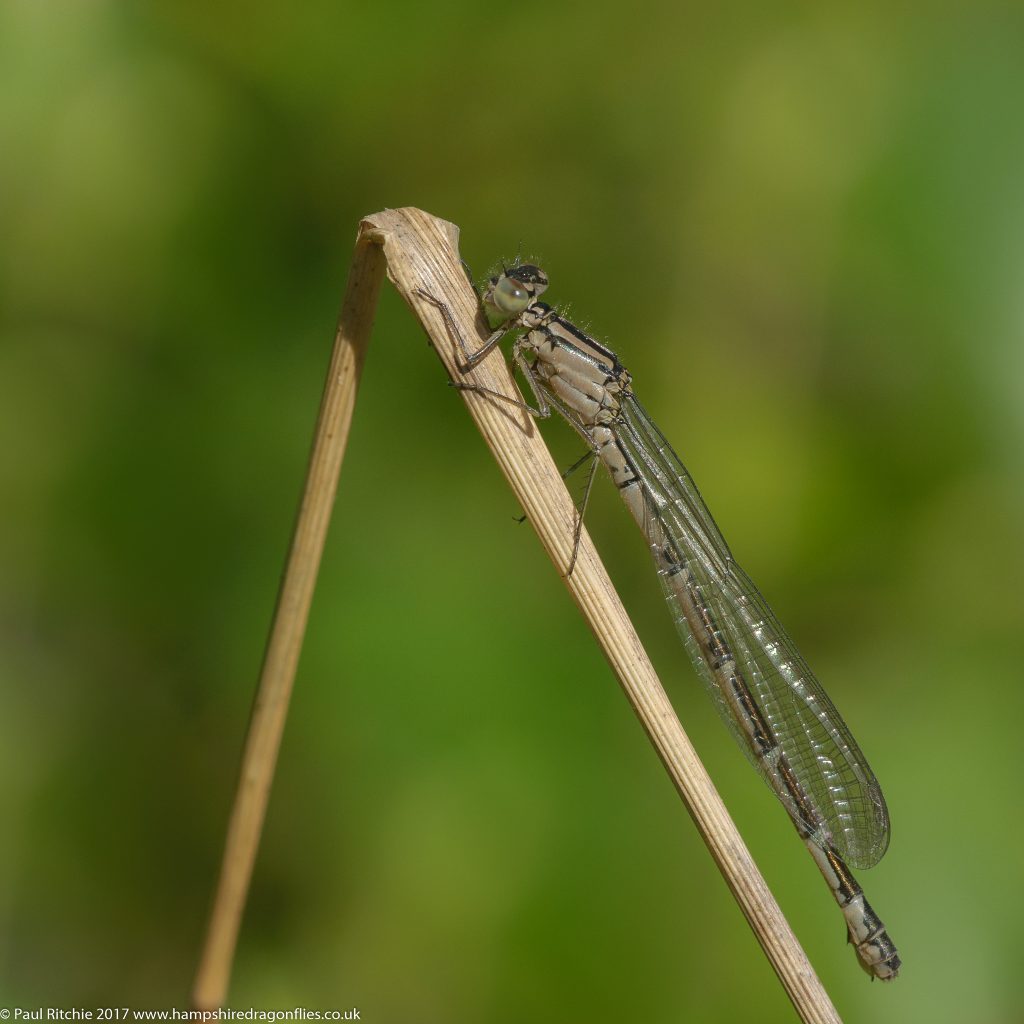
The far corner with it’s mix of flora and reasonable shelter had the most action with damsels rising in such numbers as to rival Somerset levels (pun intended) with dozens of Azure, Common Blue, Large Red, Blue-tailed and Red-eyed , so I decided to camp here a while and make the most of it.
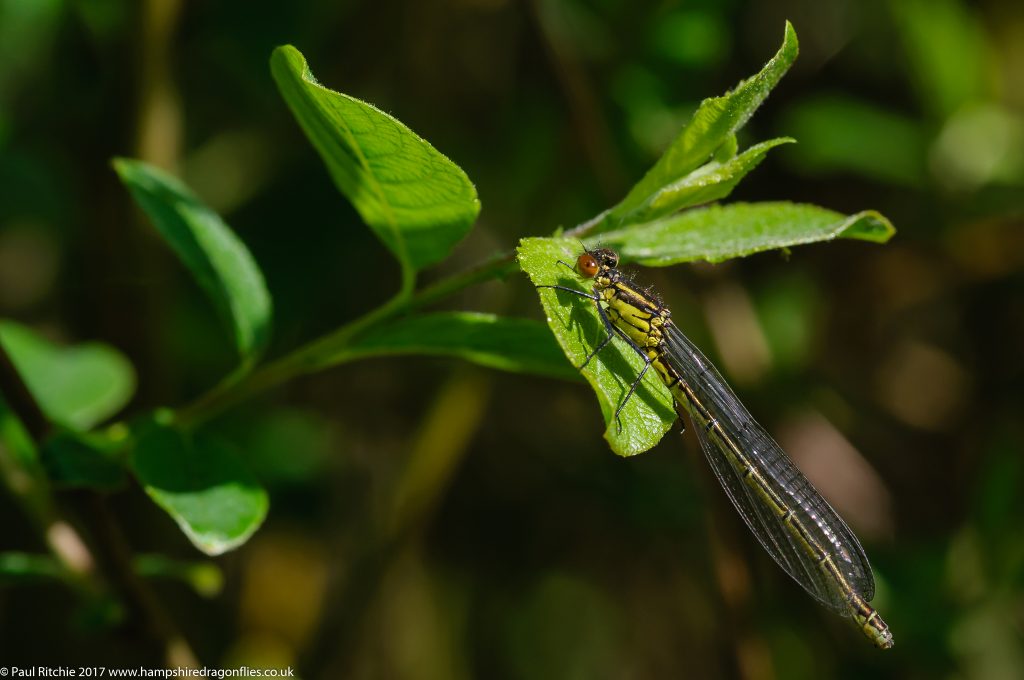
There’s something fascinating about the variety of colours presented by immature damselflies. Arguably there are none more variable than immature Blue-tailed females, which were all making an appearance today with some more approachable than others.
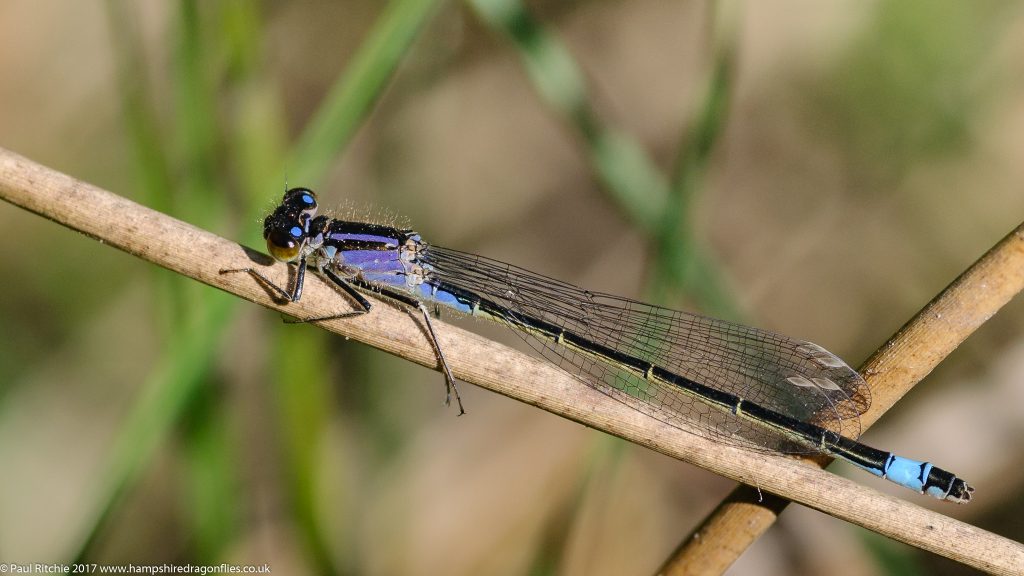
While they’re maturing they are quite-rightly nervous and dealing with such delicate subjects takes stealth, respect and a whole lot of patience. Thankfully this is the best time to photograph the Red-eyed; fond as they are of perching flat on a Lily pad. Choosing an elevated leaf is an altogether drier experience for both of us.

A few years back when I was photographing butterflies I noticed that they would start to roost around late afternoon and it’s usually the same with damselflies. By 5.00pm they were going to ground so I bagged a final Common Blue before leaving them to rest.
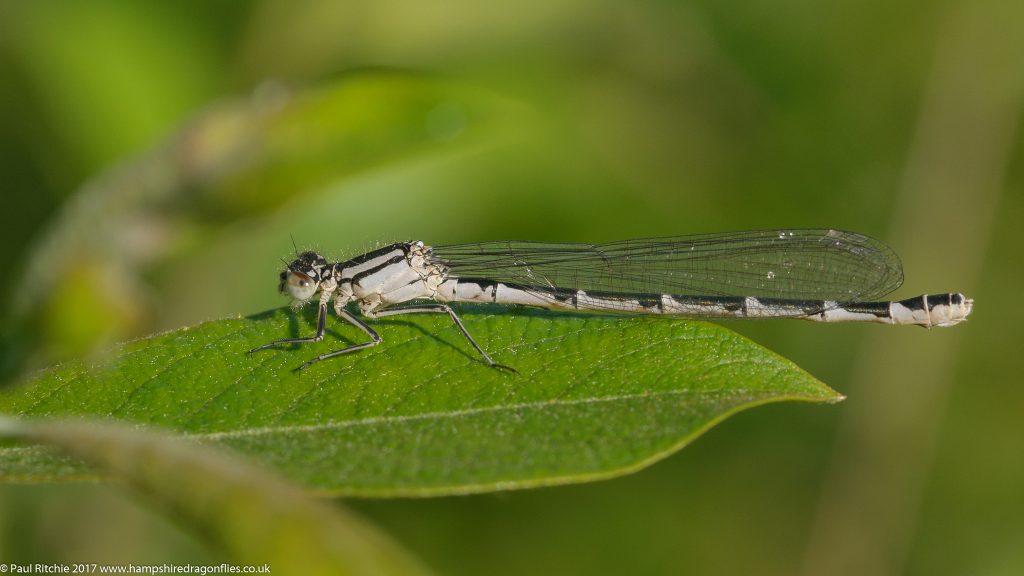
My theory on butterflies was promptly put to rest a short while later when we noticed a bevy of fresh Small Copper and Green Hairstreak feeding on the May blossom the other side of the shore.
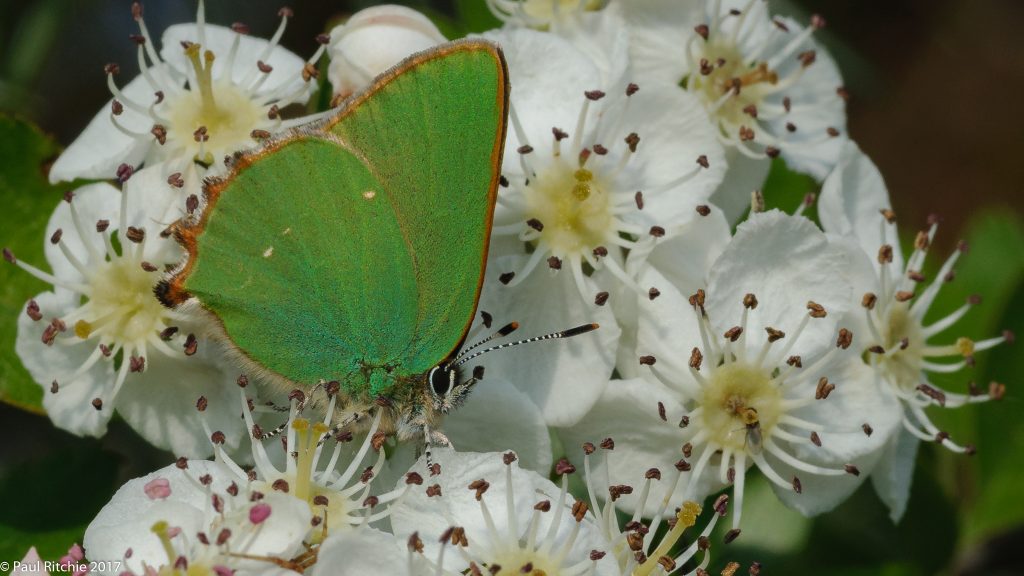
After this most welcome interlude the clouds started to draw in gradually dropping the temperature so we too called it a day. With a count of nine species it was just what we needed, the irony being if I’d have waited until now before going out this season I could have bagged all I’ve so far seen on this one day.
